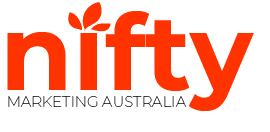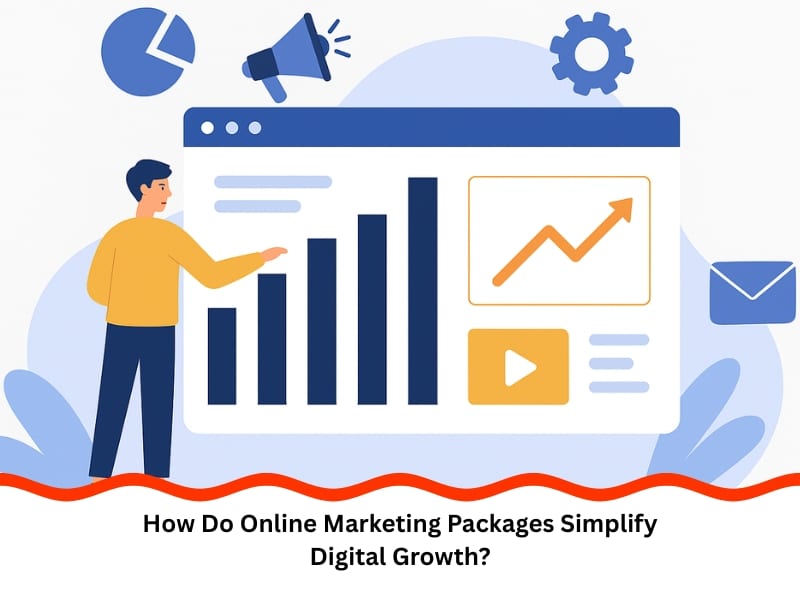Digital marketing can quickly become overwhelming — managing SEO, social media, email campaigns, and paid ads often feels scattered and disconnected. That kind of disorganisation slows growth and eats into your budget. One way to bring it all together is through an online marketing package, which offers a structured approach by bundling key services into a cohesive strategy. These packages not only simplify day-to-day management but also help align digital efforts with long-term business goals. But not all packages are created equal. Some underdeliver while others simply aren’t the right fit. This article examines how structured online marketing packages overcome common digital obstacles, enabling scalable and efficient growth.
What challenges arise when digital marketing lacks structure?
Without a cohesive plan, digital marketing often fails to deliver results. Many businesses invest time and money without seeing meaningful returns — a classic case of all show and no go. Here’s where the pain points typically lie:
- Wasted ad spend due to poor audience targeting
- Inconsistent branding across multiple platforms
- Duplication of efforts between internal teams and agencies
- Confusing reporting that obscures the actual ROI
Another issue is the lack of continuity. When new hires or agencies come in, there’s often no clear handover or strategy doc to rely on. Instead, each party starts from scratch, wasting time and compounding inefficiencies. By contrast, a unified package creates a shared roadmap, reducing the churn and confusion that plagues many campaigns. These issues highlight the importance of understanding how digital marketing packages are structured so your team isn’t left guessing. When you know what’s included and how each element works together, it becomes easier to spot gaps, avoid redundancies, and keep campaigns aligned with business goals.
Why do some online marketing packages fall short of expectations?
Even with a clear need, not every package delivers the goods. You might have seen this firsthand — packages that promise the moon and barely scrape the clouds. There are a few common traps:
- One-size-fits-all models that ignore unique business needs
- Overloaded packages with too many services and no real focus
- Limited reporting that fails to show performance across channels
- Vague deliverables and inconsistent timelines
What’s also worth noting is the difference between volume and value. A jam-packed package might offer a lot of services, but if none align with your goals or customer journey, they ultimately become busywork. A leaner offer that hits the mark is often more effective than a bloated one that adds confusion. Taking the time to assess your objectives makes selecting your ideal marketing package much easier, especially when it’s framed around outcomes instead of options.
What elements define a results-driven online marketing package?
A quality package should feel like a well-oiled machine — everything in place and nothing wasted. But what separates a good one from the duds? Here’s what to look for:
- Goal alignment: Each activity should support your specific business outcomes.
- Channel integration: Paid, organic, and owned channels working together.
- Clear timelines: Regular deliverables that keep momentum going.
- Performance tracking: Transparent KPIs and real-time reporting dashboards
Additional features to consider include campaign audits, competitive benchmarking, and performance consultations. These extras can make a significant difference when adjusting strategies on the fly. In rapidly shifting markets, agility is king, and good packages make room for quick pivots.
Beyond features, how the service is delivered matters just as much. Packages that include compliance guidance can be a game changer, mainly when regulations affect your ad content. If your strategy involves Google Ads, email marketing, or influencer collaborations, understanding your legal responsibilities in advertising helps avoid missteps and protect your brand as campaigns scale.
To help you decide, here’s a simple table comparing package features based on goals:
| Business Goal | Recommended Package Feature | Benefit |
| Brand Awareness | Multi-platform social strategy | Consistent exposure |
| Lead Generation | Conversion-focused landing pages | Higher form submissions |
| Sales Growth | Google Ads and retargeting | Immediate revenue lift |
| Customer Retention | Email automation | Repeat business and loyalty |
How do online marketing packages streamline daily operations?
Managing daily marketing operations can quickly spiral into chaos without the proper structure. Teams may duplicate efforts, miss deadlines, or resort to guesswork. Online marketing packages bring structure to the chaos by streamlining core processes. Here’s how they improve key areas:
- Onboarding: A clearly defined scope helps teams get started faster and with greater confidence.
- Workflow management: Pre-set tasks, timelines, and responsibilities to eliminate bottlenecks.
- Collaboration: Centralised dashboards keep everyone — clients and team members — on the same page.
- Reporting: Automated updates provide instant insights and reduce manual tracking.
Visibility improves across every touchpoint. With all tasks tracked in one place, there’s no need to chase updates or second-guess priorities. This transparency builds trust internally and externally. Ultimately, by reducing administrative friction, teams can focus on strategy and achieve better results. That’s why many businesses opt for effective online marketing packages for businesses that value operational clarity as much as performance outcomes. Over time, these process improvements often translate into measurable growth.
How do package structures adapt to businesses of different sizes?
Whether you’re a sole trader or a mid-sized enterprise, the right package scales with you. The key? Flexibility is baked into the framework. Here’s how packages typically flex:
- Small businesses: Focused services like SEO or Google Ads to build early traction.
- Growing firms: Multi-channel integration for brand consistency.
- Established brands: Custom strategies with dedicated account managers
As your business grows, so do your needs — from essential brand visibility to deeper CRM integrations and ongoing A/B testing. The best packages evolve with your KPIs and offer options to ramp up activity without having to rebuild from scratch.
This adaptability means you’re not stuck paying for bells and whistles you don’t need. Nor do you outgrow the package once your business starts kicking goals. Regardless of where you sit, it helps to weigh your options through a lens shaped by digital marketing package structures and service focus, particularly those that offer room for scalable adjustments as growth demands change.
Final thoughts
Digital growth isn’t just about showing up online — it’s about showing up with purpose. Online marketing packages offer the structure, strategy, and scalability that many businesses lack when attempting to manage everything on an ad hoc basis. Whether you’re chasing clicks, conversions, or long-term brand love, the right package clears the path. If you’re weighing up your options or already in the thick of it, it might be time to find out how Nifty Marketing Australia can guide you through a package that suits your goals, timeline, and growth stage.


